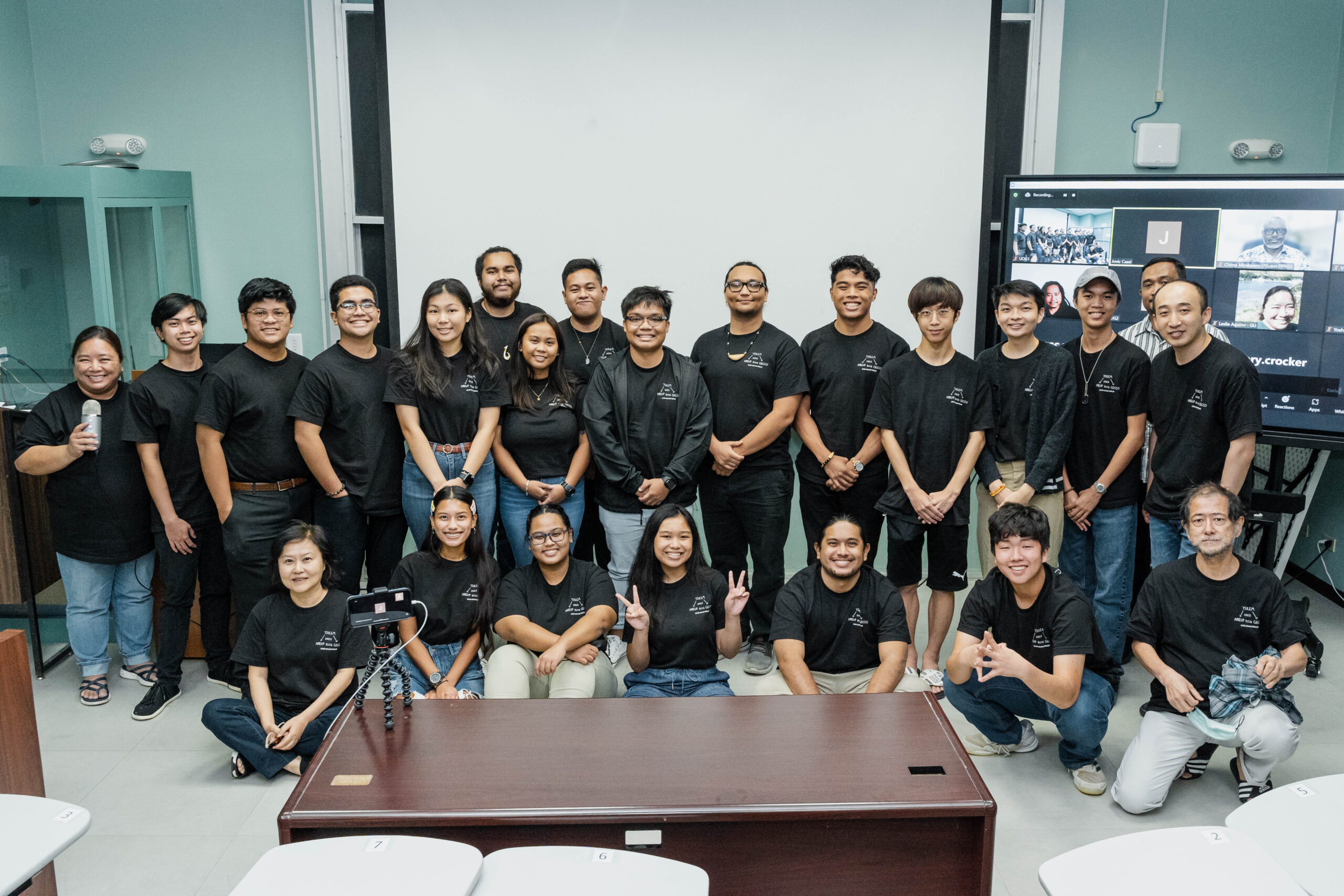



Six students presented their research about the effects of coral bleaching, coral diseases, rising temperatures, and controlling crown-of-thorns (COTS) starfish populations using mathematical modeling this summer as part of the 2022 Summer Joint Math Research Program showcase held on July 15. The students – five undergraduate students and one high school student – were part of the 2022 Summer Math Research Experience held from May 23 to July 16 at the University of Guam.
The program was part of the Guam Ecosystems Collaboratorium for Corals & Oceans (GECCO) project, funded by the university’s Guam NSF EPSCoR grant.
“You’ve inspired research by what I have seen from the titles of your projects,” said Austin Shelton, the director of the UOG Center for Island Sustainability and Sea Grant, during the showcase’s opening remarks. “These are the kinds of things the community needs to understand our coastal and terrestrial resources.”
The Summer Math Research Experience was held in conjunction with two other research programs: the Young Research Experience in Mathematics and the National Research Experience for Undergraduates Program.
Using data collected from researchers at the UOG Marine Laboratory, the models were developed to use as a tool to forecast changes in the island’s coral reefs.
“Creating these mathematical models is important so that we can see and predict the changes from these environmental situations,” said UOG Assistant Professor Mathematics Jaeyong Choi, one of the program’s mentors. ”Using the mathematical models, we can use them to simulate situations based on the data collected from the researchers at the marine laboratory.”
During the program, the students were split into two teams to focus on two projects.
The first group looked at whether rising sea surface temperatures were a bigger threat to Acropora pulchra and Porites populations than crown-of-thorns starfish, which prey on stony coral. Outbreaks of these starfish can cause severe damage to coral reefs over just a few weeks.
“Applying math to science feels like you’re exploring,” said Siwen “Lulu” Shao, a high school student at St. John’s Catholic School. “You never encounter the same problem. When we built this complex mathematical model, all you have to do is change numbers and parameters and this model would be able to apply to any COTS and any coral relationship in the world.”
The second group focused on how two different coral species – Acropora pulchra and Porites massive – react in situations of bleaching and disease along with how the presence of seaweed inhibits their ability to recover.
“Being in this program has been pretty amazing and eye-opening,” said Ernie Samelo, an undergraduate mathematics major at the University of Guam. “I’ve learned a lot of stuff about math and applying it in real life and coral. Corals are something I never thought would have so many layers to it. I’ve loved every moment of this program.”


